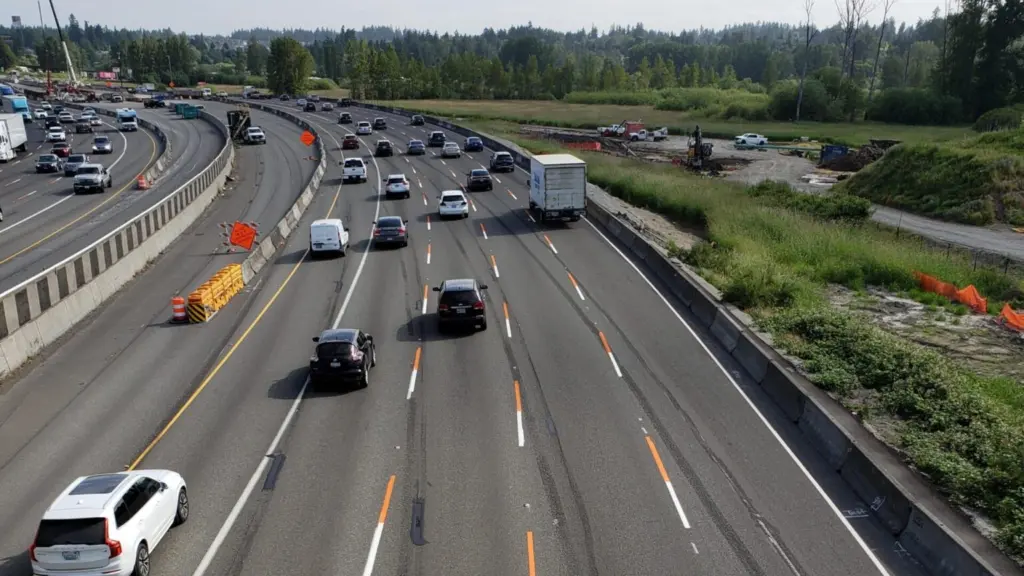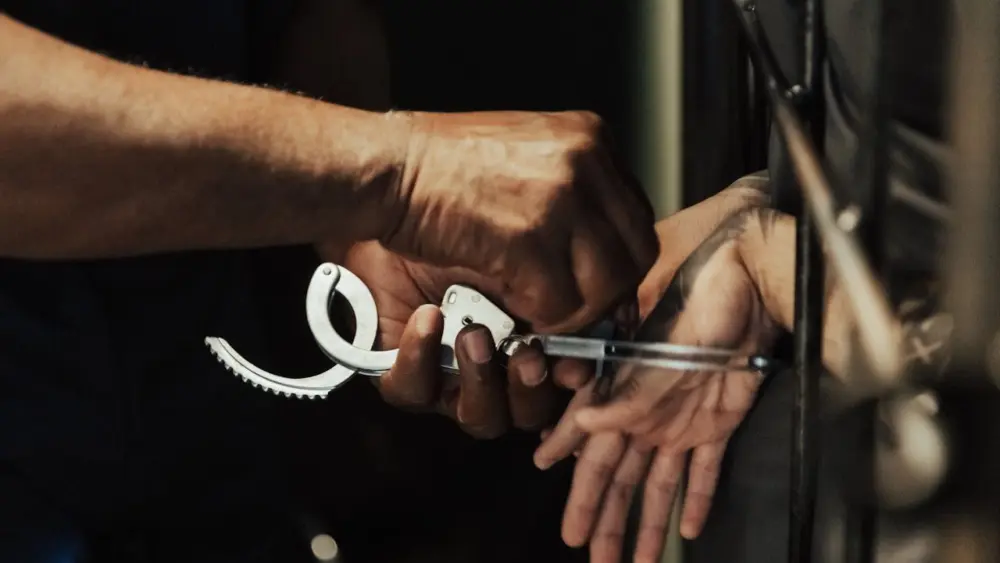This article was first published by TVW.
OLYMPIA, WA – Summer in Washington is supposed to be a season of celebration: high school graduations, family road trips, long weekends at the lake. But traffic safety officials view it as the most dangerous time of year.
The 100 days between Memorial Day and Labor Day are statistically the deadliest stretch on Washington’s roads. This year, the state is expanding efforts to turn the tide on a post-pandemic spike in highway fatalities.
“In 2023, we had the highest number of traffic deaths that we’ve seen in 33 years,” said Shelly Baldwin, acting director of the Washington Traffic Safety Commission. Speaking on TVW’s Inside Olympia, she told host Austin Jenkins, “It’s just unbelievable when you think about all the progress we’d made prior to this.”
Preliminary numbers for 2024 show a roughly 10% decline in fatalities, the first in several years. But Baldwin calls the improvement modest and warns against complacency. “After four years of increasing, that decrease feels like I can take a breath. It’s good. Although I know and met with the families that have lost loved ones this year…we just have so much work ahead of us.”
Targeting the “fatal four”
State officials say the vast majority of deadly crashes can be traced back to just four risky behaviors: impaired driving, speeding, distraction, and failure to wear a seat belt.
“About 75% of fatalities have one of four factors: the driver was impaired, the driver was driving too fast, people in the car weren’t buckled up, and distraction,” Baldwin said.
That data point is at the heart of Washington’s summer safety campaign, dubbed “The 100 Safest Days of Summer.” Instead of focusing solely on enforcement, the campaign also emphasizes public awareness, social norms, and behavior change.
“Culture changes through conversations,” Baldwin said. “We’ve been hitting the news media a lot. We’ve been hitting paid media a lot. We have a network of Target Zero managers that represent every county in the state.”
Engineering and enforcement
The state is doing more than messaging. It’s also redesigning the physical landscape. More roundabouts are going in across the state — especially in rural areas — to reduce intersection speeds. Road designs are increasingly intended to “make you feel like you’re going the right speed, rather than having a big open road that makes you feel like you’re safer going faster,” Baldwin said.
On the enforcement side, the Washington State Patrol is adding 21 troopers focused on high-risk corridors, using crash data to guide their deployments. Target Zero Troopers — officers assigned specifically to traffic safety — are also being deployed in eight districts this summer.
“They’re very serious about changing this bad trend,” Baldwin said. “And I think it’ll be amazing. I’m so excited to see what happens.”
Telematics and technology
One of the state’s most powerful new tools is telematics — anonymized GPS and sensor data collected from cars and phones that reveal real-time driver behavior. With funding from the Governor’s Highway Safety Association, Washington has created telematics maps for each patrol district, showing exactly where and when dangerous behaviors are happening.
“We can see really dangerous speeders,” Baldwin said. “So we might know that at night in this location, there’s a handful of people who like to race.”
This data-driven approach is allowing law enforcement to target resources efficiently. And the technology has revealed some troubling trends: while roadside surveys observed about 10% of drivers using phones behind the wheel, telematics showed it was closer to 30%.
Washington is also experimenting with in-car technologies to deter repeat offenders. The Legislature recently passed a law allowing judges to order speed-limiting devices in the vehicles of chronic speeders.
“That device actually knows where you are, knows what the speed limit is, and just prevents you from going over it,” Baldwin said. “It doesn’t just tell you you’re speeding. It doesn’t let the car speed.”
Prevention through policy and education
Officials had hoped to take another leap this year by lowering the state’s legal blood alcohol limit from 0.08 to 0.05 — a move already adopted in Utah and many countries abroad. The bill passed several committees but did not receive a floor vote.
“I’m very, very disappointed that we didn’t pass it,” Baldwin said. “We know that it will have at least an 11% effect on our fatals…It’s the most preventative bill we could pass.”
Lawmakers did approve a major overhaul of Washington’s driver education system. Starting in 2027, the state will phase in a requirement that all drivers under 21 complete a certified training program. Scholarships and instructor recruitment will target rural and underserved communities.
“What we saw was a lot of people waiting until they were 18 to get licensed — and skipping driver’s ed because they couldn’t afford it,” Baldwin said. “This bill is going to fix that.”
Measuring progress, facing uncertainty
Even as the state steps up its efforts, Baldwin says Washington’s ability to maintain momentum is tied to fragile federal funding. Her agency relies on federal dollars for 80% of its budget, including enforcement and education programs.
“We’re in this era of great uncertainty about federal funding,” she said. “Even the number of federal employees that are leaving — our regional office was cut in half. So not only am I worried about whether or not I’m going to get the funding, I’m worried about whether or not I’ll have the support to pay our bills.”
Despite the challenges, Baldwin remains focused on what she sees as achievable progress — through policy, design, data, and conversation.
“It just is within our grasp,” she said. “We could have the safest summer ever.”
This article was first published by TVW, Washington’s Public Affairs Network, providing unedited coverage of the state legislature and state government, on statewide cable TV and online at tvw.org. It also produces original interview shows, including Inside Olympia and The Impact. A media nonprofit, it exists to give Washingtonians access to their state government, increase civic access and engagement, and foster an informed citizenry.
Washington State Standard is part of States Newsroom, a nonprofit news network supported by grants and a coalition of donors as a 501c(3) public charity. Washington State Standard maintains editorial independence. Contact Editor Bill Lucia for questions: info@washingtonstatestandard.com.





